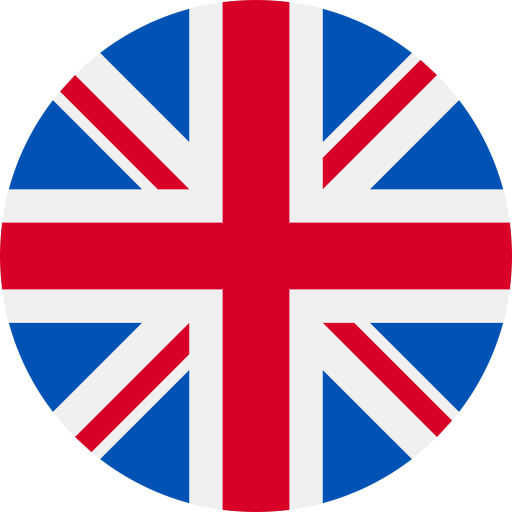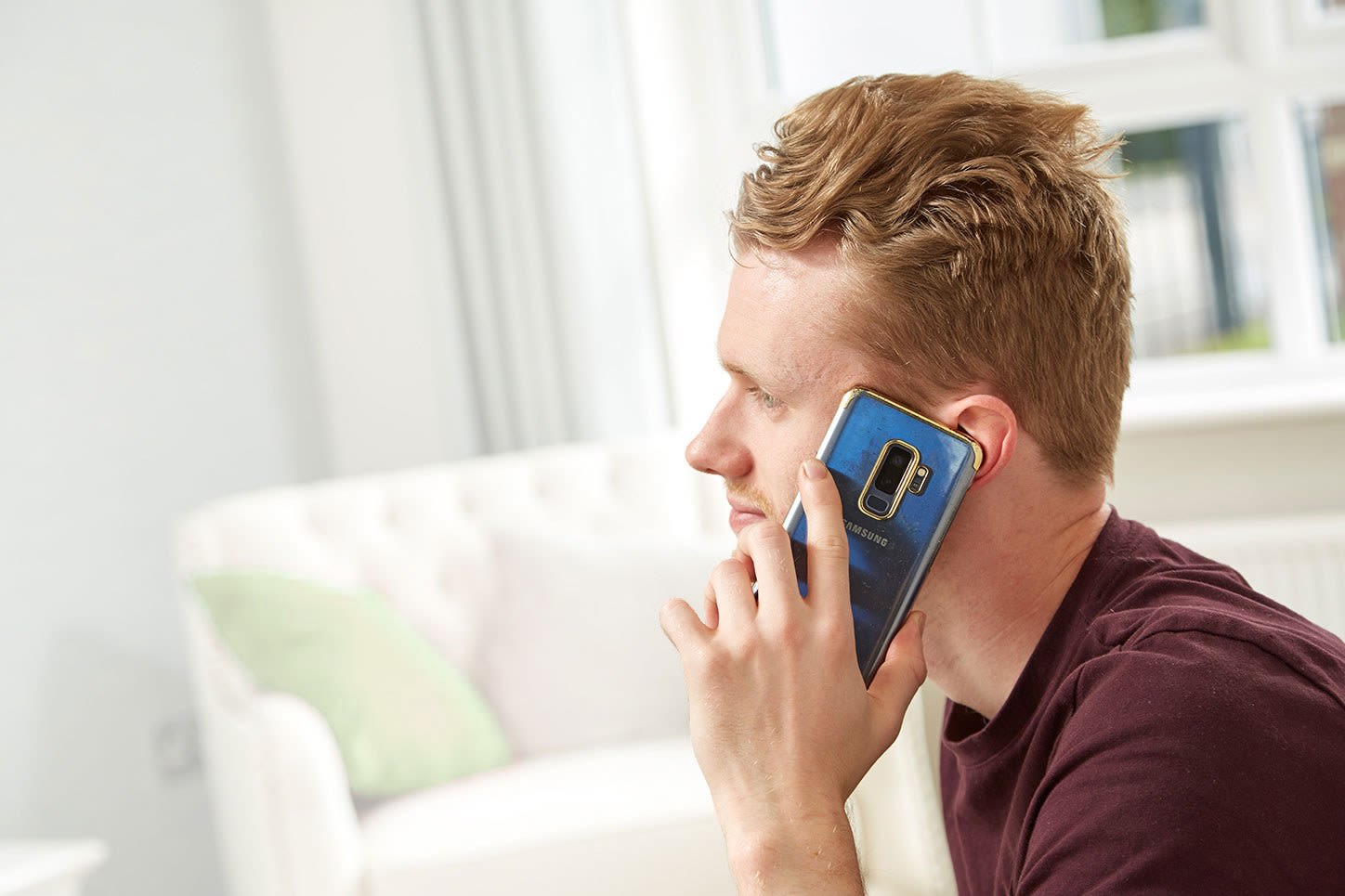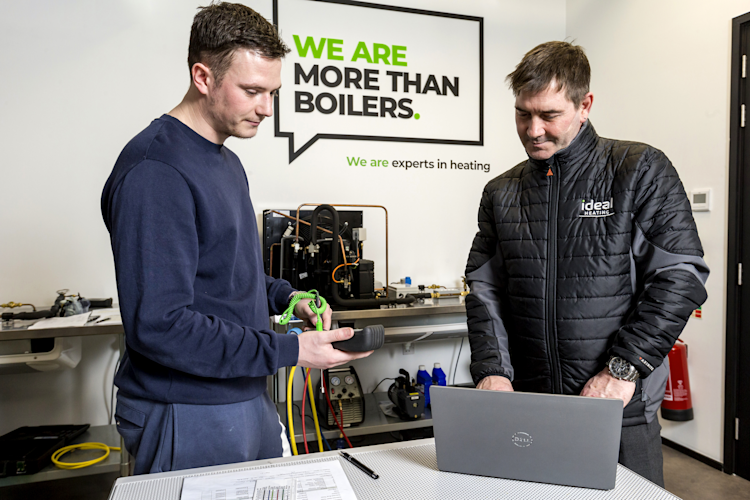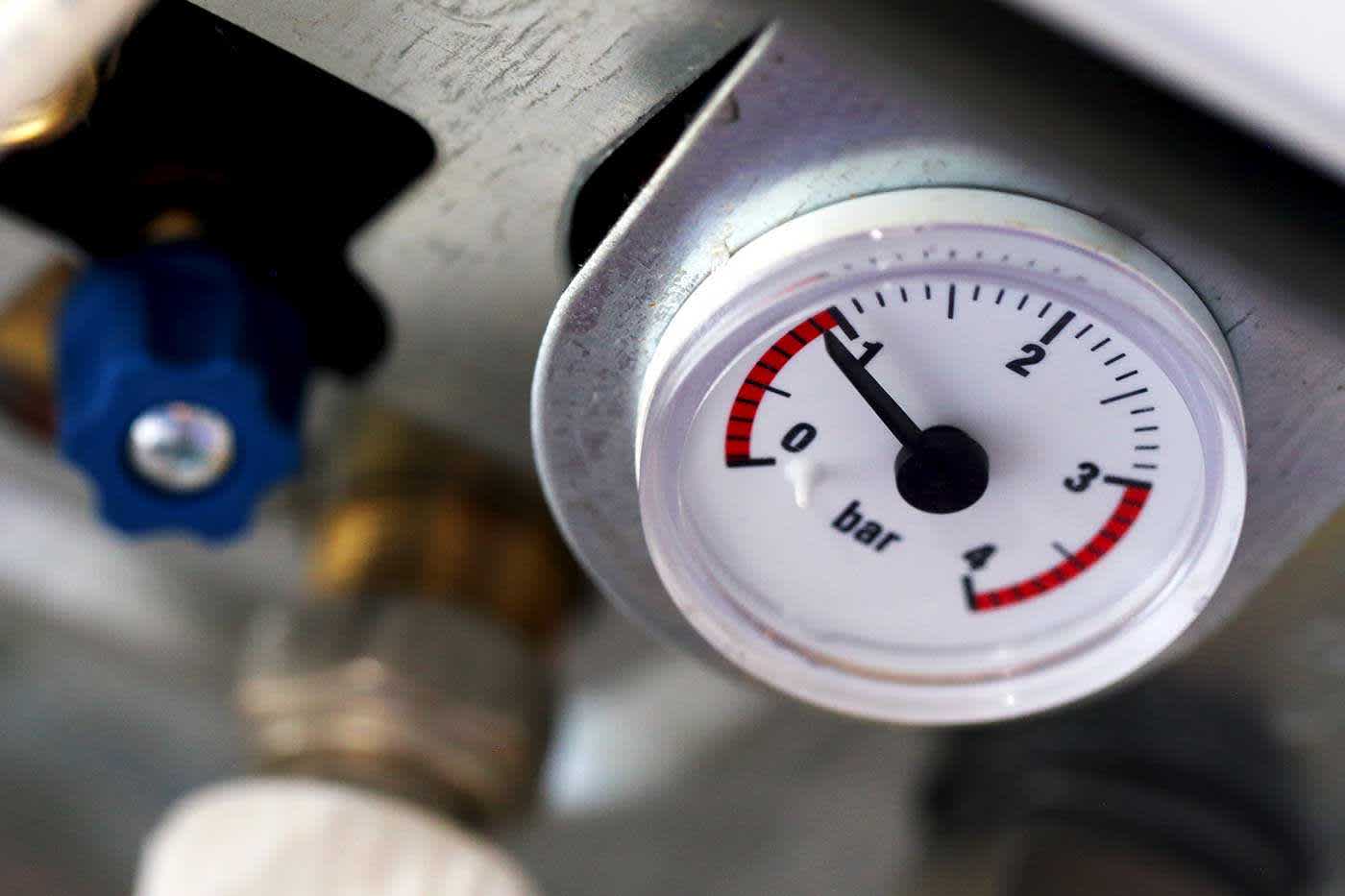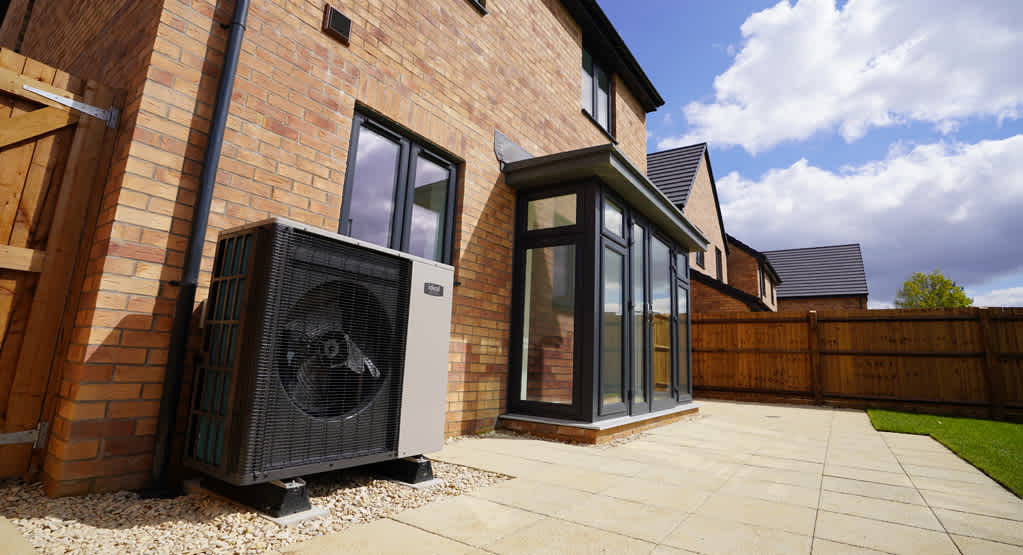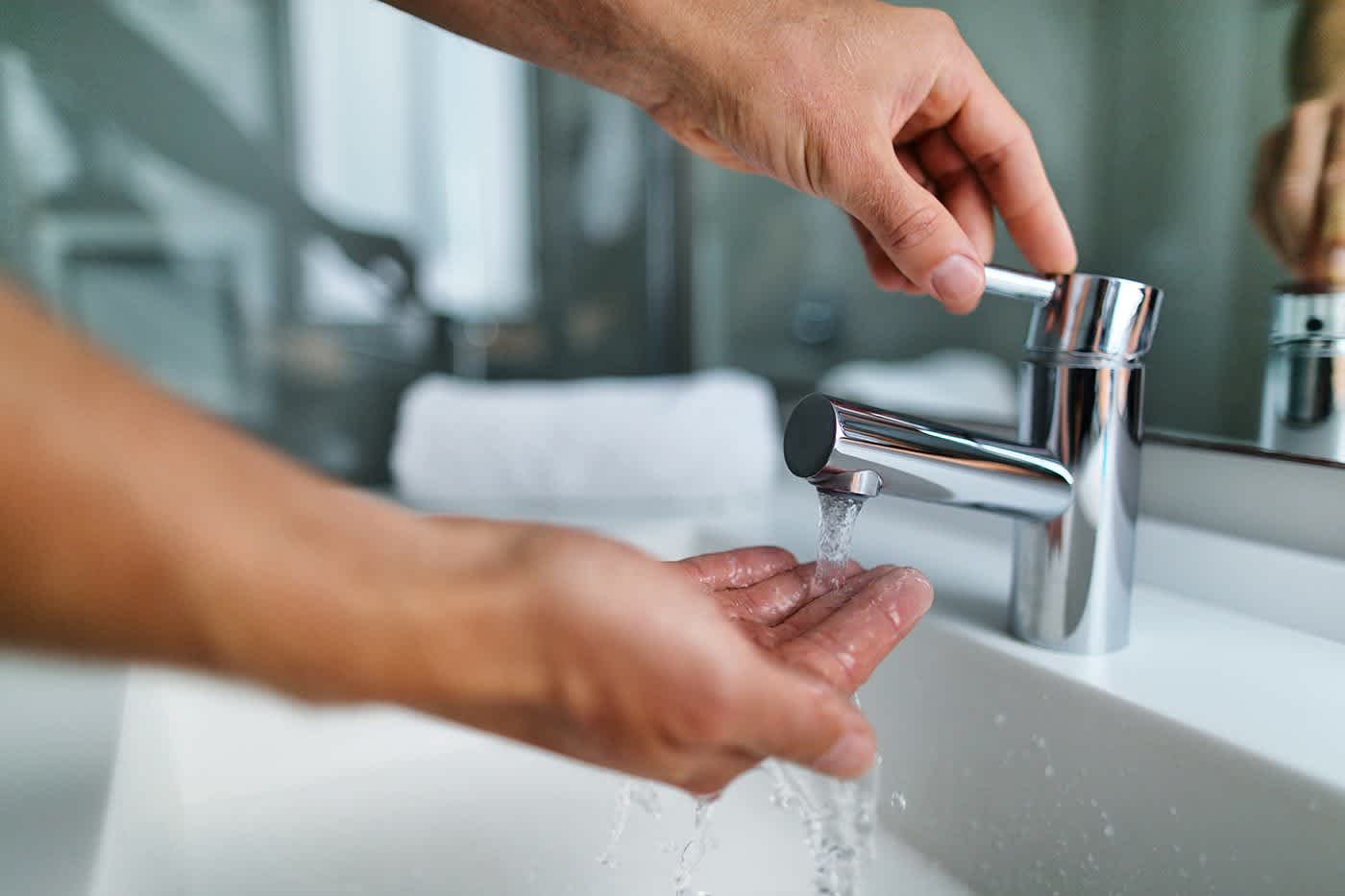
Water from boiler too hot? Get it fixed with our handy guide
The temperature of the hot water from your boiler depends on the type of central heating system you have, how it’s adjusted and whether everything’s in good working order.
There’s no right or wrong temperature for the hot water in our taps. Some people like the water very hot so they can clean dishes without any fuss; others prefer it cooler so they lower the risk of scalding and can fill a bath without needing much cold water.
In this article we’ll look into keeping your hot water at a temperature that suits you.
Confirm the temperature of your hot water
One thing that’s useful to do is to check the temperature of your hot water before you make any adjustments, so you can compare it after any changes. Poking your finger into water flowing from the tap isn’t accurate enough.
The water might not be up to temperature, and if your hand is cold, the water will feel hotter than it would if your hand’s warm.
Turn the hot tap on and leave it running for about 20 seconds, then fill a large glass. A pint glass or measuring jug are good – anything that won’t lose heat quickly. Then, dip in a thermometer to get the temperature. Thermometers are easily available from cooking shops and baby & child shops.
Keep a note of the temperature for later on.
What kind of boiler do you have?
Now we need to know what type of boiler you have.
If it’s a Combi boiler, hot water goes directly from the boiler to the taps.
If it’s a System boiler or a conventional Heat-only boiler, it feeds its water in pipes around the hot water cylinder, which warms up the fresh water inside. The water that comes from the tap has not been through the boiler - water from the boiler is circulated again and again.
Adjusting the temperature of water from a Combi boiler
Combi boilers have some sort of control to set the temperatures. They could be manual, i.e. a dial that you physically rotate or a slider; or they could be controlled digitally, from a panel. You will have two separate controls: tap and radiator. Adjusting one should not affect the other.
Turn the temperature of the tap control down a touch, then perform the thermometer test again. You should be able to do this straight away. Keep making small adjustments until you’re happy with the temperature.
Remember, a Combi boiler heats water as and when it’s needed, so the results should be instant.
There could be a third control for your boiler, which is the temperature of the circulating water, or pre-heat. This will be higher than the other two. Adjusting this will not have much of an effect on the hot water, as the boiler will always try to match the tap temperature you set. Turning it down might make your boiler greener and cheaper to run, but if you have it too low it will limit the temperature you can get from your taps.
Adjusting the temperature of water from a System or Heat only boiler
Adjusting the temperature of a System or conventional boiler can be a bit more tricky, as the thermostat and adjuster are often on the boiler itself. Remote control devices are available, but for most people they are unnecessary as the temperature is probably adjusted rarely.
The temperature setting on the cylinder might be visible, or it could be behind a panel. This may be a manual control (a knob, dial or a slot for a screwdriver) or digital. Check your manual for details, but you should be able to lower the temperature using one of these controls.
What you are doing here is telling the cylinder to start or stop the flow of hot water through the heat exchanger from the boiler. Once the cylinder reaches your desired temperature, the flow will be switched off. If the temperature is lower than your setting, and there are no timers in the “off” position, the cylinder will start warming up.
Unlike lowering the temperature in a Combi boiler, cylinders will take time to cool down if they are at maximum temperature already.
How long it takes depends on how well your cylinder is insulated, but once a few hours have passed, or if the hot taps have been run a few times, the temperature should settle to your new setting. Test again with the glass of water.
Adjusting the temperature of water from an immersion heater
If you have immersion heaters in your cylinder, they will have their own thermostats. If they are set too hot, they will override the boiler-heated indirect water heating system.
You might need to remove a cover to access the thermostat, and it’s often one that you adjust with a screwdriver. Again, the effect will not be instant – you need to wait for the water to cool down, or you can empty the tank’s hot water by turning on a hot tap. Then test the temperature again with a thermometer.
Room temperature is not water temperature
Don’t confuse the temperature on your room thermostat with the water temperature – they are two different things. The room thermostat tells the boiler whether to pump water through the radiators or not. Hotter water might make the room heat up faster, but the eventual temperature will be the same.
Radiator temperature is not tap temperature
Similarly, the temperature of your radiators is not the same as your hot tap water temperature. They both run through different systems, and although your cylinder might be on the radiator system, the water that you wash with is refreshed constantly – it’s just warmed by a separate loop circulating through the boiler.
How to prevent Legionnaires' disease
Finding the right temperature is a balance between being efficient and avoiding scalding, but there’s a third consideration, too – Legionnaire’s disease. This type of pneumonia is caused by the Legionella bacteria, which thrives in water that’s between 20 °C and 45 °C.
Although it’s quite rare, especially in water that is regularly changed, like in a cylinder, the risk should not be ignored. It is killed by temperatures above 60 °C, so health organisations like the HSE recommend that hot water should be stored at no less than 60 °C.
Could a fault be causing my water to be too hot?
It’s also possible that your water is running too hot because of a mechanical or electric failure in your boiler or system. Water flowing too slowly over the heat exchanger could cause it to overheat, as could a faulty thermostat. If manually turning down the temperature doesn’t work, it’s time to call out a Gas Safe engineer.
Use our Find an installer service to make your booking.
Having problems with water from your heat pump? Contact our team of experts or read more in our guide to air source heat pumps.
